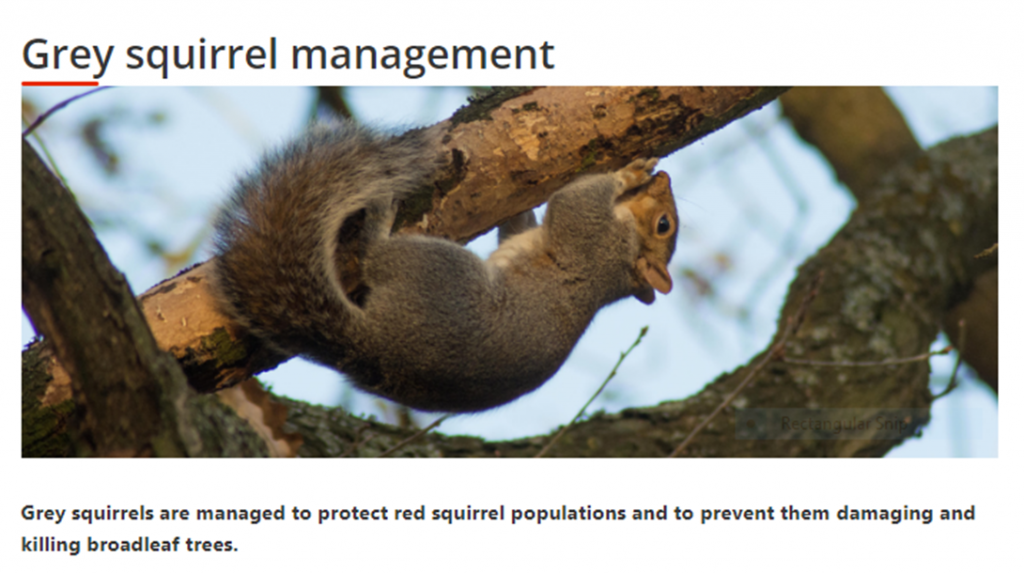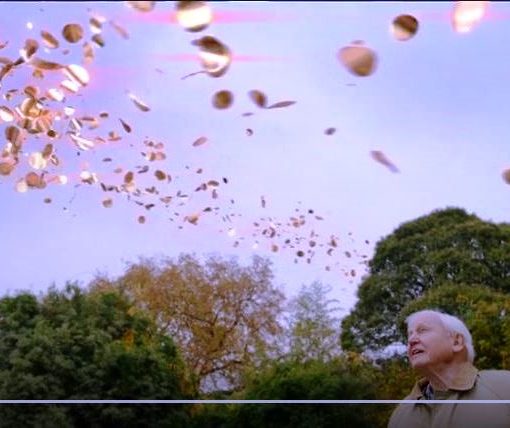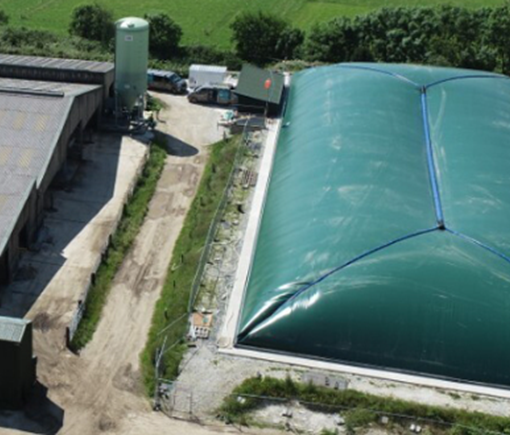16th DECEMBER
‘Tis the Season to be jolly, or a least a little bit!
The Holly is here along with beech. Then the conundrum of steel; a great new battery and a final section of Christmas food and other items you might like.


We often hear people bemoan, ‘winter is so dull and devoid of colour’. Well, I recognise a lot of the UK has been in a white out this week, but in more normal weather, I sense people just need to take time to stop and appreciate the colour there is!
After I drove down this lane, through the avenue of beech and then one big holly, I made myself find a place to turn around so I could go back and take pictures. It lifted my whole day. And it reminded me that nearly 20 years ago I was told by forestry experts that eventually beech will not be seen in the UK, as the climate warms.
I decided to investigate what the latest research is saying and some relevant new organisations.

Beech is one of the most important trees in the forests of Europe. Beech forests are both economically important and ecologically highly valuable. Almost 100 beech forest regions in 18 European countries are listed as UNESCO World Heritage Sites.
The WHS status is particularly of interest to me, as we have an avenue of beech, marking the line of a historic carriageway, from 200 years ago. That was my reason originally, for questioning the attitude of Forestry England.
The study of the German team examined two periods, firstly from 1955 to 1985 and secondly, 1986 to 2016. Their focus was looking at tree rings, as the most reliable way to see growth rates and predict future outcomes. Results show a very marked contrast between northern Europe e.g. Sweden and Norway, where growth has risen by 20 percent, and southern Europe, where growth has declined by as much as 20 percent. The British Isles is closer to Scandinavia in predictions than to Southern Europe, where researchers expect to see drastic losses. So, is this justification to stop growing beech here?
Climate is not the only threat to beech. There is also an emerging pathogen fungus, Petrakia liobae. First discovered in Switzerland in 2008, followed by findings in Germany, Austria, Slovakia and most recently Slovenia in 2018, it is thought to have been in Europe for decades at least.


There is good news, however. First that the disease is slow to spread and does not kill mature trees. Also, so far, we have no reports of cases in the UK. Apparently infected young saplings, likely to be imported will fail quality checks and be rejected.
Taking those 2 things into account, I was disappointed to find beech does not appear on the shortlist of species here – https://www.futuretrees.org/species/

Nor, apparently, is it supported by Forestry England who – to my great surprise – are the country’s largest land managers. I thought, without doubt, it would have been either the church or the Royal family! Their website sets out the topic Diverse forests for future climate
Working with partners such as Forest Research, we carry out trials and take part in scientific studies to understand if different types of trees may do better in the conditions we expect in 2050 and beyond. Research also helps to make sure new, alterative species being trialled will not harm existing forest ecology.
At this point I switched over to investigating the Forestry Commission. What do they do? Big action, over a century and more:-
The First World War left woodlands in a state in disrepair, and by 1919, woodland cover was at an all-time low of 5%. It was decided that an urgent solution was needed, and on the 1st September 1919, The Forestry Act was passed, to establish the Forestry Commission – a body that would create woods and forests owned by the state. Things moved quickly and the tenacious Roy Robinson was appointed to the key role of technical commissioner. The war had catalysed the introduction of a state forest service as the luxurious forestry traditionally practised on landed estates was now a thing of the past.
Where were the first Forestry Commission trees planted?
In response to tree loss during the 1st World War, in December 1919, the first Forestry Commission trees – a combination of beech and larch – were planted in Devon’s Eggesford Forest by Lord Clinton. From that moment onwards, the Commission’s estate grew to over 900,000 acres (364,217ha) across England, Scotland and Wales, while the demand for timber increased as tensions in Europe mounted once again.
If you would like to follow the whole story, I found it here.
Having read up on the background, my next step was to approach the Forestry Commission by email. I was delighted to receive a personal response from a Woodland and Climate Change adviser, which raises a 3rd and perhaps most critical threat:-
Your question has been passed to me, but I can only answer regarding Forestry Commission not Forestry England.
The suitability of Beech (Fagus sylvatica) for the future in the UK is not straight forward. As the German scientific report indicates, the warming climate can indeed bring benefits in some parts of the UK, but Beech is very drought susceptible and so its future will be severely compromised in the East and Southeast of the country. But elsewhere in the UK, climate changes may bring benefits of increased growth rate and a change in the location of suitable sites. Other factors play into the likely future for beech trees in the UK. Firstly, Grey Squirrels have a massive impact on the survival of young Beech trees and on subsequent growth, timber quality and on stressing trees that are already under stress.
FROM SQUIRREL ACCORD.UK
Grey squirrels negatively impact the health of the UK’s trees and woods through bark stripping. Damage creates open wounds, weakens, stresses and kills trees. This is a serious problem at a time when the UK is working to increase its tree and woodland cover for the many essential benefits trees provide.

Back to the email: –
Grey squirrel issues will be limiting people’s willingness to plant Beech. Also, Beech wood has little recent history of providing a timber product and therefore a return to owners in this country (besides firewood). On the continent the management of Beech is more developed, and they lack the impact of Grey Squirrels.
I do not know what tree species Forestry England plant, but I would be prepared to bet that the Beech trees susceptibility to Grey Squirrel damage will factor into decisions made as well as the changing climate of the UK.
The most significant tree funding programme in England would be the England Woodland Creation Offer and it is funded by government.
Does any reader have experience of this? Do let me know.
The Conundrum of Steel
Radio brought me two different reports, both examining a dilemma with regard to our green energy future. Most new developments, especially offshore wind, will require huge quantities of steel in the construction phases. But developers are hoping they will be allowed to forge ahead with burning fossil fuels to make the steel, so long as they can show that their operations will “contribute to decarbonisation efforts in steel”. This is a pretty dubious idea, honestly! In Sweden, for instance, we find the government using this argument – ‘much of the estimated 389 million tonnes of iron to be extracted in Lapp land will “contribute to decarbonisation efforts in steel”. The project has drawn the ire of climate activists, including Greta Thunberg, who denounced the decision to permit this new mine as “racist”, “colonial” and “nature-hostile”.
The Lapp Land town Jokkmokk in Swedish Sápmi, contains the country’s largest reserves of untapped quartz-banded iron ore as well as rare earth minerals. The biggest concern in the area is the likely impact this scale of new mine operation will have on the native reindeer herders, called the Sami people. Their unique set of skills and knowledge has helped to find new ways of living and adapting to industrial impacts before, but this along with climate change, is an even bigger one. I found a fascinating article about it through UNESCO:-
https://en.unesco.org/courier/2019-1/sami-jokkmokk-challenging-modernity

The same argument was put forward in the UK, to achieve approval by the government for a new coke mine, to be opened in Cumbria.
Chief Executive of West Cumbria Mining, Mark Kirkbride, says his company would be excavating coal for use mainly in steel production not for heat and power (heating to make steam and drive electricity turbines). This he claims is a key distinction in terms of environmental concerns,
The coking coal involved in the Cumbrian mine is used exclusively in the manufacture of over 70% of the world’s steel, with more than 1.2bn.t used in global steel production around the world every year.
The coal is ‘baked’ in a coke oven which forces out impurities to produce coke. Modern steel plants include gas treatment and capture to reduce emissions. Apart from making cars, trains and boats, the steel produced is used in the manufacture of wind turbines and nuclear power stations.
What, dear reader, do you think is the right answer on this? If we have to make steel, surely it’s better not to import from across the world? Better to control the manufacture and all stages of the mining at home?
My reply to both of these is, do it for a very limited time but along side, crack on! Find a new way to make steel, which doesn’t need fossil fuels. The world is full of very clever people, I bet someone can put forward a better option!

for future EVs. Euronews has put out a press release that Salt Water batteries are a new, excellent value option that will cause far less damage to the environment.
Molten salt batteries aren’t a new concept. They’ve been around for 50 years, but they’ve been an ‘inferior alternative’ with a short energy life cycle. But this new battery is different. Scientists altered the electrodes to improve the reactivity of the sulphur – a key element determining storage capacity.
University of Sydney researchers advise that the resulting product showed “super-high capacity and ultra-long life at room temperature”.
Because sea salt is everywhere, it could provide a scalable alternative to lithium ion batteries.
“When the sun isn’t shining and the breeze isn’t blowing, we need high-quality storage solutions that don’t cost the Earth and are easily accessible on a local or regional level” spokesman,Dr Zhao, said.
“Storage solutions that are manufactured using plentiful resources like sodium – which can be processed from sea water – also have the potential to guarantee greater energy security more broadly and allow more countries to join the shift towards decarbonisation.”

This is one of those news releases that sounds incredibly promising. We must keep an eye on how it goes forward.
TIS the SEASON to be jolly … or at least a bit!
It wouldn’t be Christmas round the corner without thoughts of food shopping. So let me end with a sobering discovery – that it has been proved the label ‘FARM SHOP’ can sometimes be an excuse for whacking premium prices on supplies that have been bought cheaply in the local Cash and Carry, with no connection to a good farm. I heard of this happening, where someone had a field or two, put up a timber shed and sold their eggs and apples. But everything else was rubbish!

If there’s one piece of advice I can give it is that there is no substitute for taking time to explore and find the best elements from all local sources.
Even between these two excellent stores, Celtic Produce in Bodmin and Richards Fish, Fruit and Vegs in Par, you can find quite a wide variation.
Celtic has the very finest spinach in the West and as that is my personal top priority, it stops me signing up to what appears to be a very good delivery box system, at Real Food Box, dot co dot uk.
because there is no option to say ‘I must always have my spinach!’





That’s it for advice on how to spend your £s. I hope you will have a very warm, comfortable and tasty time this Christmas.
But to finish, let me sum up what is on offer, through various routes, from me and colleague David at The Meadow Barns:-
OUR CHRISTMAS OFFERS
- This evening 16th December, free if you are local, come to The Crown Inn at Lanlivery where I will be leading carols, including one that is a tribute to shepherds, especially my Dad!
- The blog is on pause now, until mid-January
- But it’s still not too late to sign up for our 12 Days of Christmas special offer. The last email out, with final soundtracks and the whole book of Par Tales will leave next THURSDAY 22nd.
- Here is a link to a short snippet film of one tale https://www.youtube.com/watch?v=aFz7LQAqsCI

- The other way to get these, plus more walks and stories next year, is to become a member https://themeadowbarns.co.uk/product/the-hearts-of-green-membership/
- I am trying to raise some £s for Cancer Research on behalf of a friend, Rachel Fisher, by selling a combo pack of a keyboard with colour coded Christmas carols to play. The offer is here Video link https://youtu.be/lOT3Qup0foE
- Then there is the invitation to join in the Climate Festival 2023 https://themeadowbarns.co.uk/climate-festival-2023/
And last but not least, my own apology for not sending cards, but hey I think you will forgive as I am so regularly communicating messages of good will, through this route instead
FILM Video link




